There’s something magical about wandering through a bustling market filled with local vendors, enticing aromas, and the vibrant energy of a city’s culture condensed into one space. For travelers who plan their itineraries around culinary adventures and authentic shopping experiences, certain destinations stand out for their exceptional market scenes.
Here is a list of 20 cities around the world where market culture isn’t just a tourist attraction—it’s a way of life that reveals the true heartbeat of these destinations.
Bangkok, Thailand
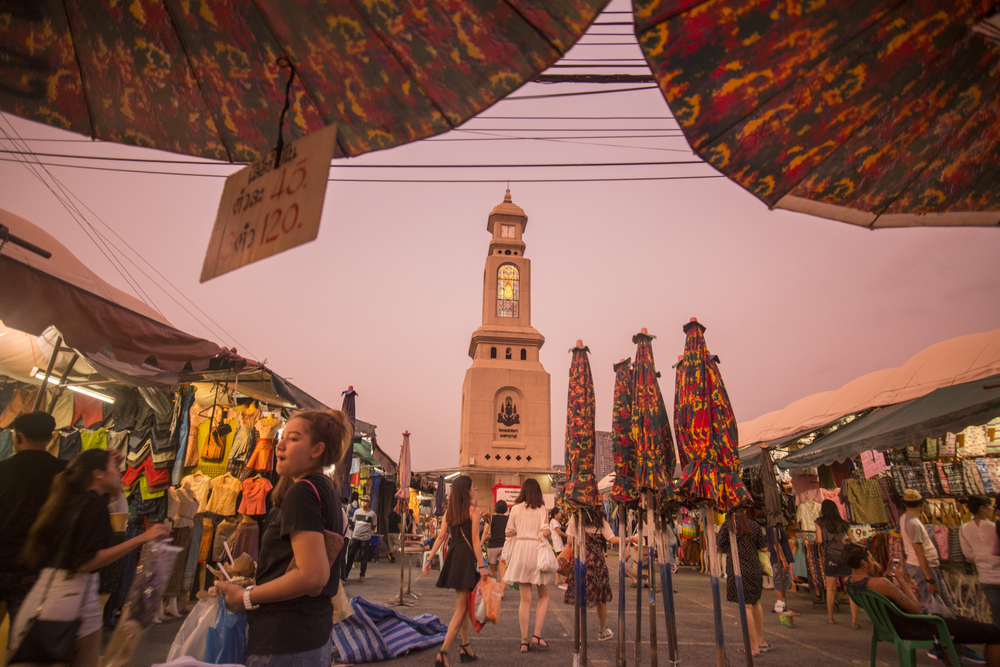
Bangkok’s markets are legendary for their sensory overload in the best possible way. The floating markets like Damnoen Saduak offer a glimpse into traditional Thai commerce, while Chatuchak Weekend Market spans over 35 acres with more than 8,000 stalls selling everything imaginable.
After sunset, Rot Fai Market transforms into a playground of vintage collectibles, street food, and live music where locals and tourists mingle until late hours.
Marrakech, Morocco

The labyrinthine souks of Marrakech’s medina have remained largely unchanged for centuries, creating an atmosphere that feels transported from another era. As afternoon turns to evening, vendors in Jemaa el-Fnaa square begin setting up food stalls, transforming the space into an open-air dining room filled with smoke, spices, and the sounds of local musicians.
Beyond the tourist-heavy areas, neighborhood markets like Mellah offer glimpses into everyday Moroccan life with prices that reflect the authentic local economy.
Like Travel Pug’s content? Follow us on MSN.
Istanbul, Turkey
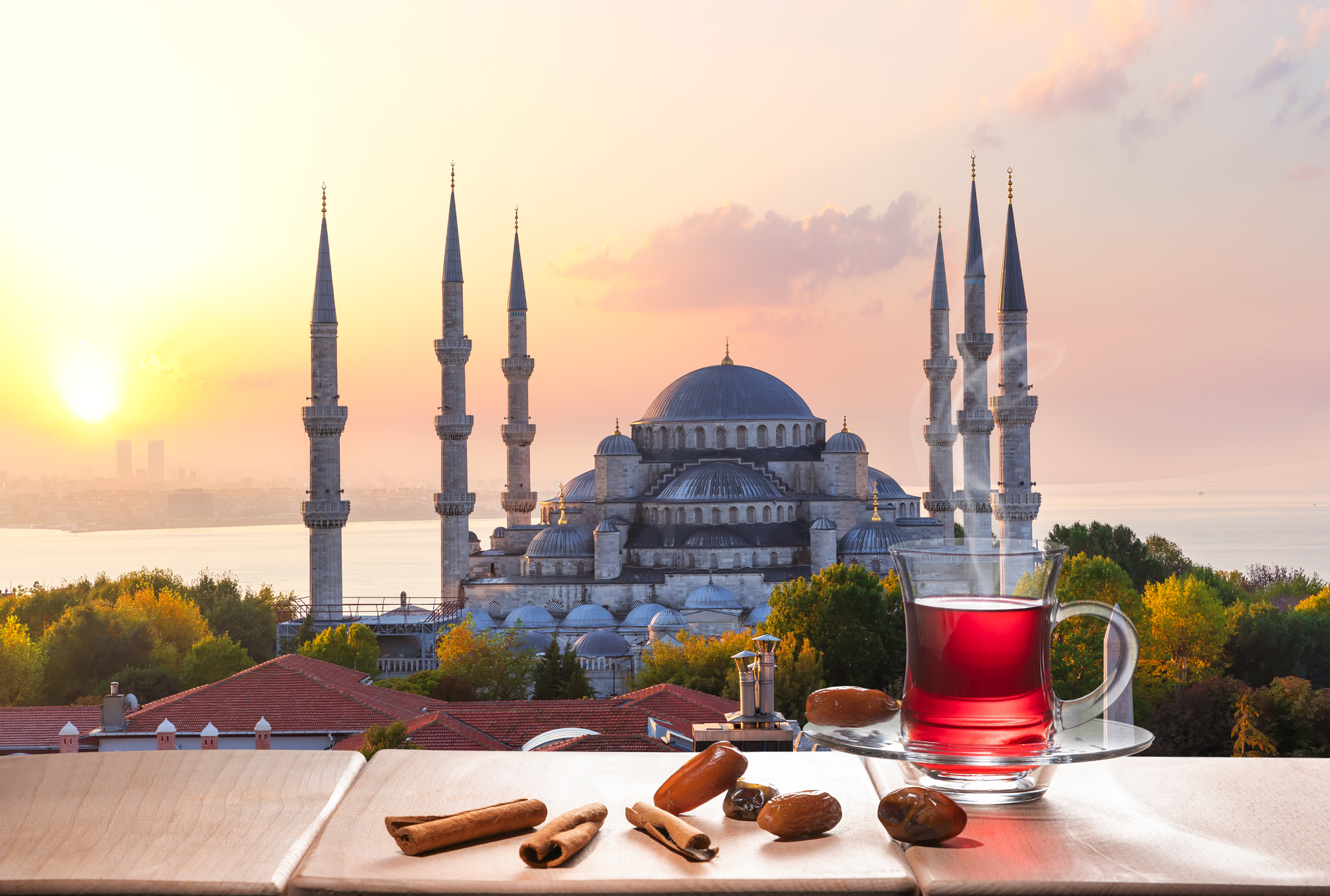
The Grand Bazaar of Istanbul dates back to 1455 and remains one of the world’s oldest and largest covered markets, with over 4,000 shops lining 61 streets. Spice enthusiasts flock to the Egyptian Bazaar, where mountains of colorful powders, dried fruits, and aromatic herbs create a feast for all senses.
The waterfront fish markets near Galata Bridge combine fresh-caught seafood sales with impromptu restaurants where your purchases can be cooked on the spot, accompanied by views of ferries crossing between Europe and Asia.
Taipei, Taiwan

Taipei’s night market culture might be the most developed in the world, with dozens of markets specializing in different experiences. Shilin Night Market spans several city blocks with hundreds of stalls selling xiaochi (small eats) like stinky tofu, oyster omelets, and bubble tea from its birthplace.
Raohe Street Night Market offers a more linear experience with a 600-meter stretch packed with vendors under lantern light, while Ningxia Night Market focuses almost exclusively on exceptional Taiwanese street cuisine.
Mexico City, Mexico
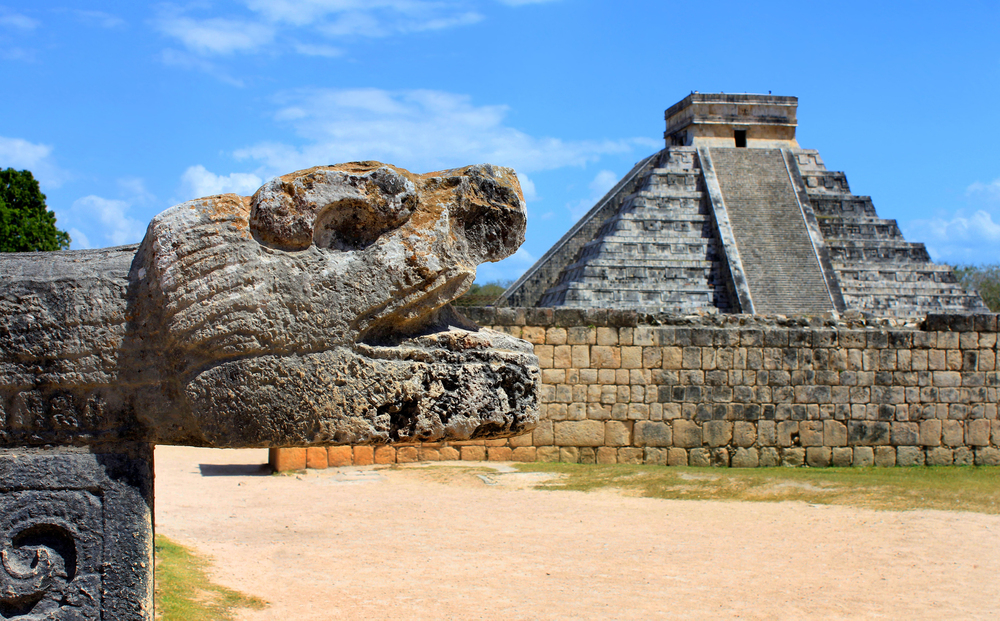
Mexico City’s markets range from the sprawling Central de Abasto—the largest wholesale market in the world—to specialized venues like Mercado de la Merced, with distinct sections for candy, piñatas, and regional ingredients. The Sunday-only Mercado La Lagunilla transforms into a treasure hunter’s paradise with antiques and vintage clothing, while the gourmet food hall Mercado Roma represents the city’s evolving food scene. Weekly tianguis (street markets) pop up in different neighborhoods, giving each area its unique market personality.
Like Travel Pug’s content? Follow us on MSN.
Chiang Mai, Thailand

The northern Thai city of Chiang Mai hosts the famous Sunday Walking Street Market, where local artisans showcase handicrafts alongside performers and food vendors in the old city center. For everyday essentials and northern Thai specialties, the covered Warorot Market provides three floors of organized chaos where locals shop for everything from kitchen tools to traditional medicines.
The Night Bazaar stretches for nearly a mile along Chang Khlan Road, operating 365 nights a year with countless stalls selling crafts, clothing, and regional dishes like khao soi noodle soup.
Hong Kong, China

Hong Kong’s market streets specialize by product, creating an organized treasure hunt across the city. Temple Street Night Market comes alive after dark with fortune tellers, opera singers, and countless food stalls serving clay pot rice and fresh seafood. The Ladies Market on Tung Choi Street stretches for nearly a kilometer with clothing and accessories, while nearby Fa Yuen Street focuses on sneakers and sportswear.
For the culinarily adventurous, the wet markets in neighborhoods like Wan Chai offer glimpses into traditional food shopping with live seafood, hanging meats, and produce sold in open-air settings.
Mumbai, India

Mumbai’s Crawford Market occupies a historic British-era building. Fresh produce, pets, and household goods create a microcosm of daily life in India’s most dynamic city. Chor Bazaar (Thieves Market) earned its name during colonial times and now specializes in antiques, vintage items, and automotive parts spread across narrow streets in the Muslim Quarter.
For fashion enthusiasts, Colaba Causeway offers everything from high-end boutiques to street vendors selling scarves, jewelry, and leather goods, all within walking distance of the iconic Gateway of India.
Like Travel Pug’s content? Follow us on MSN.
Palermo, Italy
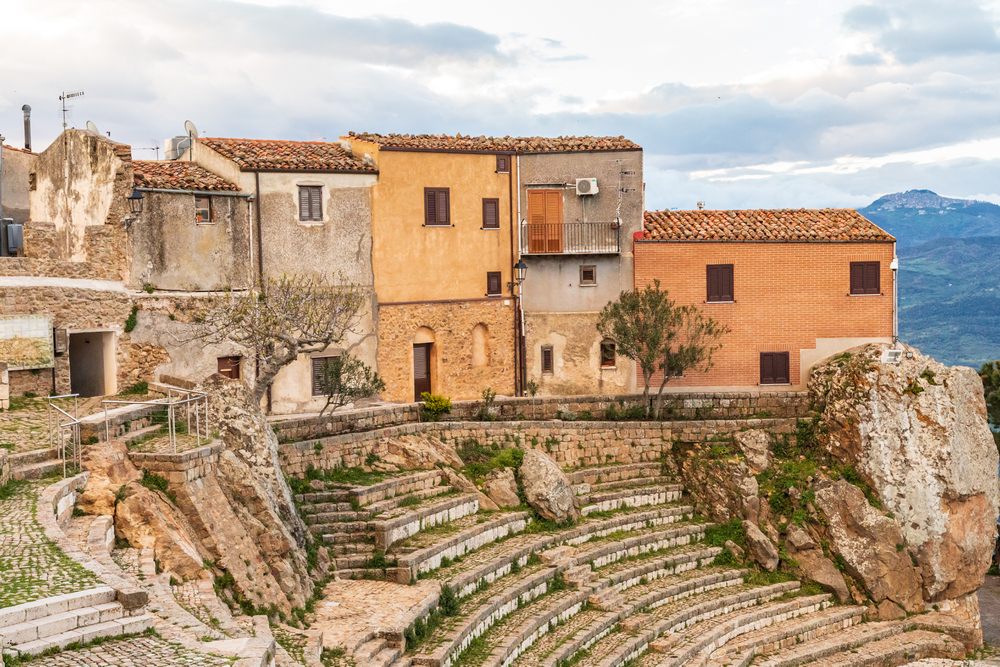
Palermo’s ancient markets follow traditions established during Arab rule nearly a thousand years ago. The Ballarò Market stretches through narrow streets with vendors shouting their offerings in a distinctive musical call that echoes through the neighborhood.
At Vucciria Market, daytime produce and seafood sales transform into a vibrant nightlife scene as darkness falls, with wine bars and street food stalls serving up arancini and panelle well into the night. The Capo Market offers a more local experience with Sicilian ingredients displayed in colorful arrangements that haven’t changed in generations.
Oaxaca, Mexico
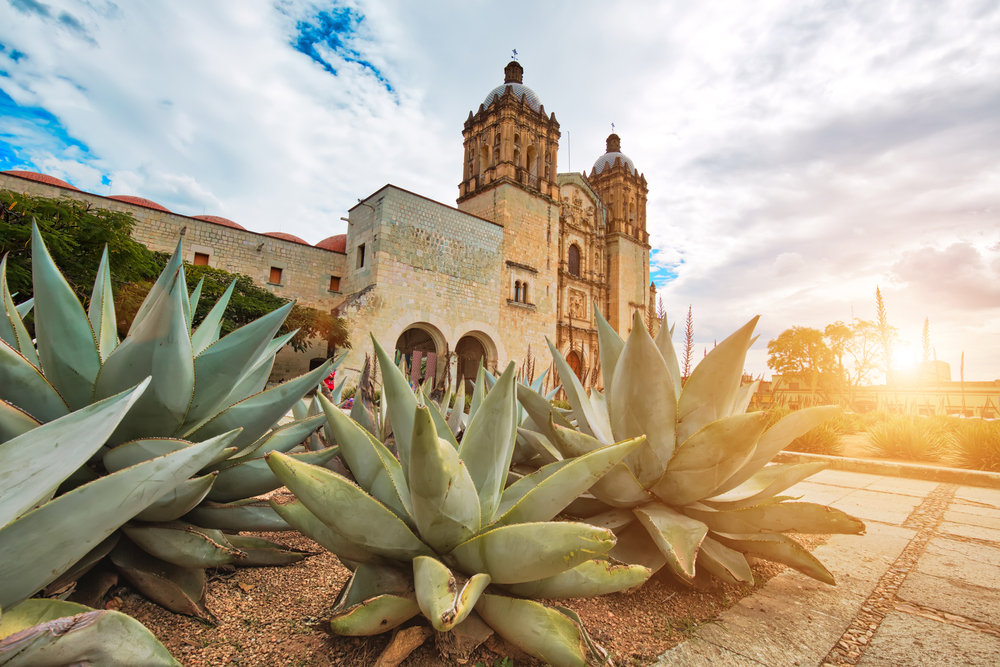
Oaxaca’s Central de Abastos covers several city blocks with sections dedicated to the region’s famous seven moles, handcrafted chocolates, and specific varieties of chiles unavailable elsewhere. The 20 de Noviembre Market features a smoke-filled corridor known as the ‘meat hall’ where visitors select raw meats and vegetables that vendors grill on charcoal-fired comals before their eyes.
In surrounding villages, specific market days draw regional specialties to town squares, like the Friday market in Ocotlán, where artisans bring black pottery and intricate wood carvings alongside seasonal produce.
Seoul, South Korea

Seoul’s Gwangjang Market has become internationally famous for its ground floor dedicated entirely to street food, where ajummas (middle-aged women) in white caps and aprons serve traditional dishes like bindaetteok (mung bean pancakes) and Mayak gimbap (‘addictive’ seaweed rice rolls). The massive Namdaemun Market contains over 10,000 stalls divided into specialized sections, operating 24 hours with different vendors taking night and day shifts.
For a more curated experience, Tongin Market offers a coin-based system where visitors exchange cash for tokens used to sample small portions from numerous vendors.
Like Travel Pug’s content? Follow us on MSN.
Zanzibar City, Tanzania

The night market at Forodhani Gardens in Stone Town comes alive each evening as smoke rises from dozens of seafood grills set up along the waterfront promenade. Darajani Market serves as the commercial heart of Zanzibar, where spice traders offer samples of the cloves, cinnamon, and vanilla that have made this island famous for centuries.
In narrow alleyways throughout Stone Town, smaller, specialized markets focus on textiles, with East African kanga cloth sold alongside Indian saris and Middle Eastern carpets—reflecting the island’s position as a historic trading crossroads of cultures.
New Orleans, USA

New Orleans’ French Market claims to be the oldest public market in America, operating continuously since 1791 along the Mississippi River. While part of it caters to tourists, locals still shop for pralines, coffee, and hot sauce among the six blocks of vendors.
The Freret Market pops up monthly with a focus on local artisans, live music, and food trucks representing the city’s diverse culinary heritage. During growing seasons, the Crescent City Farmers Market operates in different neighborhoods throughout the week, bringing fresh Gulf seafood and seasonal produce directly from Louisiana farms to urban shoppers.
Cairo, Egypt
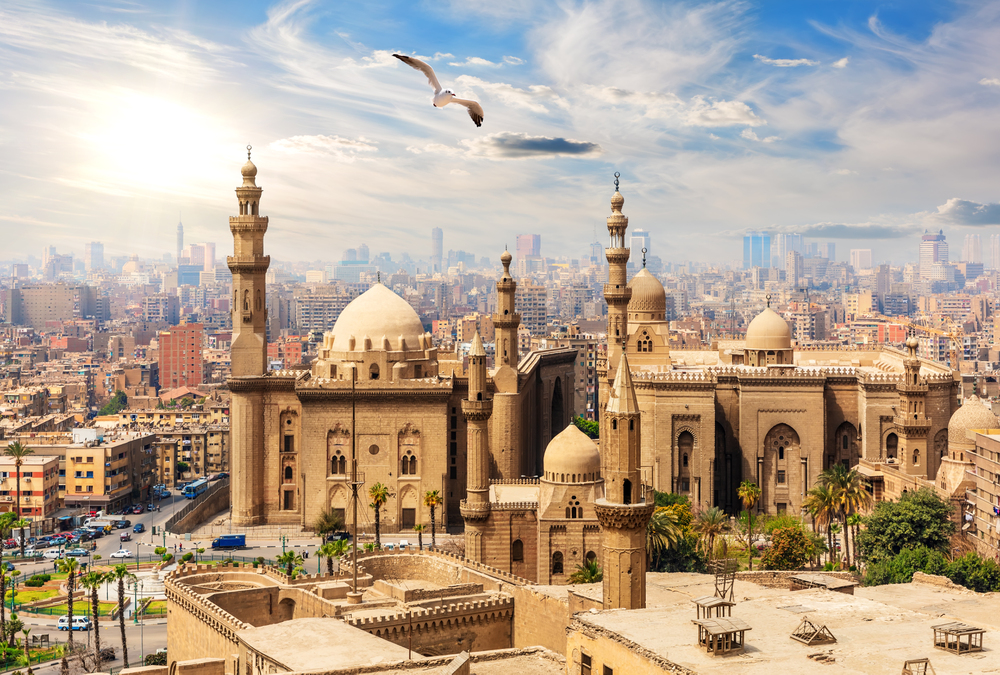
Cairo’s Khan el-Khalili bazaar has operated since the 14th century in the historic Islamic district, with narrow alleys leading to workshops where artisans still create copper items, textiles, and glassware using traditional methods. The Friday Market spreads across an entire neighborhood, with separate sections for furniture, electronics, livestock, and nearly anything imaginable in between.
For authentic food experiences, the markets surrounding Al-Azhar Mosque offer working-class Egyptian street food like koshari (a mix of rice, lentils, and pasta) and ful medames (stewed fava beans) served from carts that have operated for generations.
Like Travel Pug’s content? Follow us on MSN.
Luang Prabang, Laos

Luang Prabang’s night market transforms the UNESCO World Heritage town’s main street into a half-mile stretch of red-canopied stalls selling handwoven textiles, paper lanterns, and silver jewelry from Hmong and other ethnic minority artisans. The morning market begins before sunrise along the Mekong River, with hill tribe vendors bringing wild-harvested vegetables, medicinal herbs, and freshwater fish caught hours earlier.
For a uniquely Laotian experience, the evening food street behind the night market offers communal tables where diners can sample Mekong River weed dried with sesame, grilled buffalo, and locally fermented rice wines.
London, England
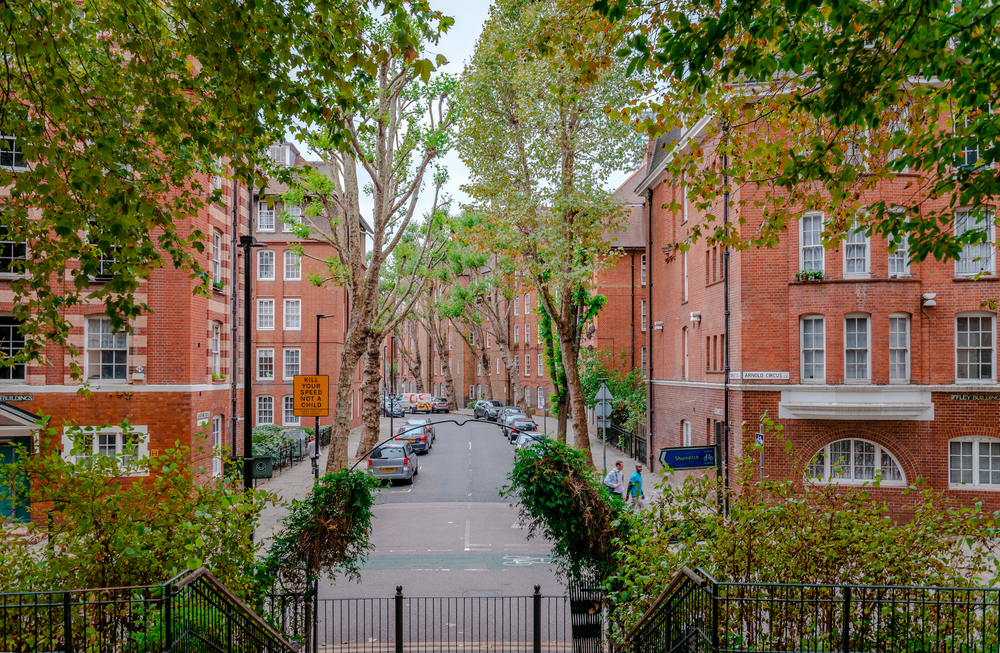
London’s Borough Market has evolved from a wholesale venue to a food lover’s paradise where artisanal producers offer everything from traditional British cheeses to international street food under Victorian railway arches. Columbia Road Flower Market transforms an East End street into a fragrant botanical garden every Sunday, with vendors hawking plants and cut flowers in distinctive cockney sales calls.
Brick Lane’s Sunday market combines vintage clothing, antiques, and a global food court within converted brewery buildings, while nearby Spitalfields Market mixes established designers with emerging artists in a covered market dating back to the 17th century.
Vancouver, Canada

Vancouver’s Granville Island Public Market anchors a former industrial area transformed into a food and arts district, with vendors selling Canadian specialties like smoked salmon, maple products, and local wines. The Richmond Night Market represents North America’s closest approximation to Asian night markets, with over 100 food stalls serving regional Chinese dishes alongside retailers selling trendy merchandise.
During summer months, weekly farmers markets rotate through neighborhoods across the city, reflecting British Columbia’s agricultural abundance with seasonal berries, mushrooms foraged from coastal forests, and wines from nearby valleys.
Like Travel Pug’s content? Follow us on MSN.
Kyoto, Japan

Kyoto’s Nishiki Market stretches for five blocks with over 100 shops and stalls specializing in traditional Japanese foods along a narrow covered arcade known as ‘Kyoto’s Kitchen.’ The 400-year-old Toji Temple Market occurs on the 21st of each month, drawing vintage dealers selling kimonos, ceramics, and samurai-era artifacts alongside food vendors in a tradition dating back to the Meiji period.
For a more regular experience, the Shijo Kawaramachi district combines department store basement food halls with traditional shops selling Kyoto specialties like pickled vegetables, yuba (tofu skin), and wagashi (traditional sweets) developed to accompany the tea ceremony.
Lima, Peru

Lima’s Mercado Central sits at the historic heart of the city with separate pavilions dedicated to Peru’s incredible biodiversity, from dozens of native potato varieties to tropical fruits from the Amazon. The bohemian Barranco district hosts a weekly organic market where small-scale producers sell superfoods like maca, lucuma, and camu camu alongside traditional healing herbs used since Inca times.
For the complete Peruvian food experience, Surquillo Market’s second floor houses modest restaurants where market workers and knowing visitors enjoy ceviche and causa (layered potato dish) prepared with ingredients from the stalls directly below.
Jerusalem, Israel

Jerusalem’s Mahane Yehuda Market, known simply as ‘The Shuk,’ has served as the city’s primary marketplace for over a century, with more than 250 vendors selling fresh ingredients by day. After sunset, many stalls transform into bars and casual eateries where young locals gather around small plates and local wines until late evening.
The Old City souks follow ancient pathways through the Christian, Muslim, Armenian, and Jewish Quarters, each with distinct specialties from religious items to spices and sweets. On Fridays before sundown, the energy reaches a peak as shoppers rush to complete purchases before Shabbat begins, creating a uniquely Jerusalem market experience.
Like Travel Pug’s content? Follow us on MSN.
The Intersection of Culture and Commerce
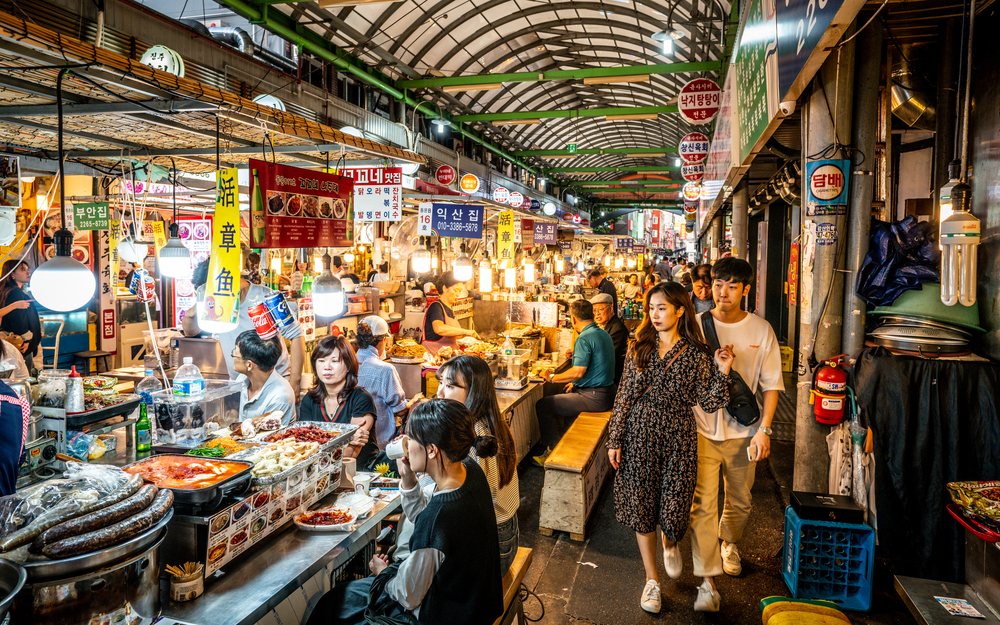
These market cities remind us that commerce at its most fundamental level isn’t just about transactions—it’s about human connections that transcend language and cultural barriers. From ancient bazaars to modern night markets, these gathering spaces reveal authentic local culture in ways that museums and monuments cannot.
For travelers who seek to understand a place through its foods, crafts, and daily rhythms, these market cities offer the richest possible window into the soul of a destination.
More from Travel Pug

- 20 Destinations That Were Once Thriving but Are Now Quietly Disappearing
- 13 Destinations Where Tourists Regularly Regret Their Trip
- 20 Once-Popular Beach Towns That Are Now Ghostly Empty
- 10 Under-the-Radar Mountain Towns That Are Both Affordable and Beautiful
- Take a ‘Learning Vacation’ in These 20 Extraordinary Places
Like Travel Pug’s content? Follow us on MSN.
